AR Murals in Historic Preservation: Bringing the Past to Life
At the intersection of cutting-edge technology and historical conservation lies a powerful new tool for cultural storytelling: augmented reality (AR) murals. These innovative digital overlays are revolutionizing how communities connect with their heritage, offering immersive experiences that transform static historical sites into dynamic, interactive journeys through time. For city planners, public art administrators, education leaders, and museum directors, AR murals represent not just a technological novelty but a transformative approach to historic preservation that engages diverse audiences while safeguarding architectural integrity.
The Evolution of Public History: From Plaques to Immersive Experiences
Historically, commemorating significant sites relied primarily on physical markers—bronze plaques, interpretive signs, or traditional murals. While these conventional approaches have merit, they face inherent limitations in space, accessibility, and engagement potential, especially for younger generations accustomed to interactive media. Traditional preservation methods often present a static narrative that fails to capture the multidimensional stories behind historical places.
Augmented reality changes this paradigm entirely. By layering digital content over physical spaces through smartphones or AR glasses, these installations create what preservation technologist Sarah Martinez calls "a palimpsest of history—where multiple eras can coexist in a single viewing experience." This technological approach allows visitors to witness how streets, buildings, and communities have transformed over decades or centuries without physically altering historic structures.
How AR Murals Work: Technology in Service of Heritage
AR murals function through a combination of sophisticated technologies working seamlessly together:
- Geospatial Anchoring: AR experiences are precisely mapped to physical locations using GPS and visual positioning systems.
- 3D Modeling: Historical buildings, streets, and figures are recreated through detailed digital models.
- Interactive Storytelling: Narration, historical photographs, and archival documents are integrated into the experience.
- Accessibility Features: Multiple languages, audio descriptions, and customizable interfaces ensure broad accessibility.
When a visitor approaches a designated site, they can easily open a dedicated app on their mobile device or wear AR-enabled glasses. The screen reveals historical overlays on the contemporary environment—perhaps illustrating a street as it appeared in 1920, complete with period-appropriate vehicles and pedestrians. Users can interact with these elements, accessing deeper content or switching between different historical periods.
"What makes AR murals particularly valuable is their non-invasive nature," explains Dr. Marcus Jimenez, Director of Digital Innovation at the National Historic Preservation Trust. "Unlike physical alterations that might compromise a building's historical integrity, these digital interventions leave no permanent mark while dramatically enhancing educational impact."
Case Studies: AR Murals Making History Accessible
Philadelphia's "Revolution Revealed" Project
Philadelphia's Old City district has launched an ambitious AR initiative that transforms the area surrounding Independence Hall. Visitors can witness pivotal moments from the American Revolution unfold before their eyes—from the drafting of the Declaration of Independence to the celebrations following the Continental Congress. The project, developed through collaboration between the city's Office of Arts and Culture, the National Park Service, and local technology firms, has increased visitor engagement by 37% and extended the average visit duration by 45 minutes.
City Councilwoman Eleanor Ramirez notes, "We've seen remarkable increases in both tourism and local community engagement. School groups particularly benefit from seeing history come alive in ways textbooks simply cannot match."
Preserving Vanished Communities in Chicago
Chicago's Bronzeville neighborhood employed AR murals to resurrect the vibrant African American cultural scene that flourished during the Great Migration. The "Bronzeville Renaissance" AR experience reveals jazz clubs, theaters, and businesses that were lost to urban renewal projects in the mid-20th century.
"This isn't just about nostalgia," explains community historian Dr. James Washington. "It's about acknowledging erasure and reclaiming narratives that were systematically removed from our physical landscape. AR gives us a chance to restore what was lost without the impossible task of physical reconstruction."
The project has become a cornerstone of local education programs and has sparked renewed interest in preserving the remaining historical structures in the area.
Rural Heritage Preservation in Appalachia
Not limited to urban settings, AR murals have proven equally valuable in rural historic preservation. The "Memories in the Mountains" initiative across five Appalachian communities uses AR to document rapidly disappearing agricultural practices, mining history, and folk traditions.
"For small towns without the resources for large museums or extensive physical preservation, AR provides an affordable alternative that can still deliver powerful experiences," says Maria Hernandez, director of the Rural Heritage Consortium. "We've documented traditional barn-raising techniques, mining operations, and craft traditions that can now be experienced by future generations even as physical traces fade."
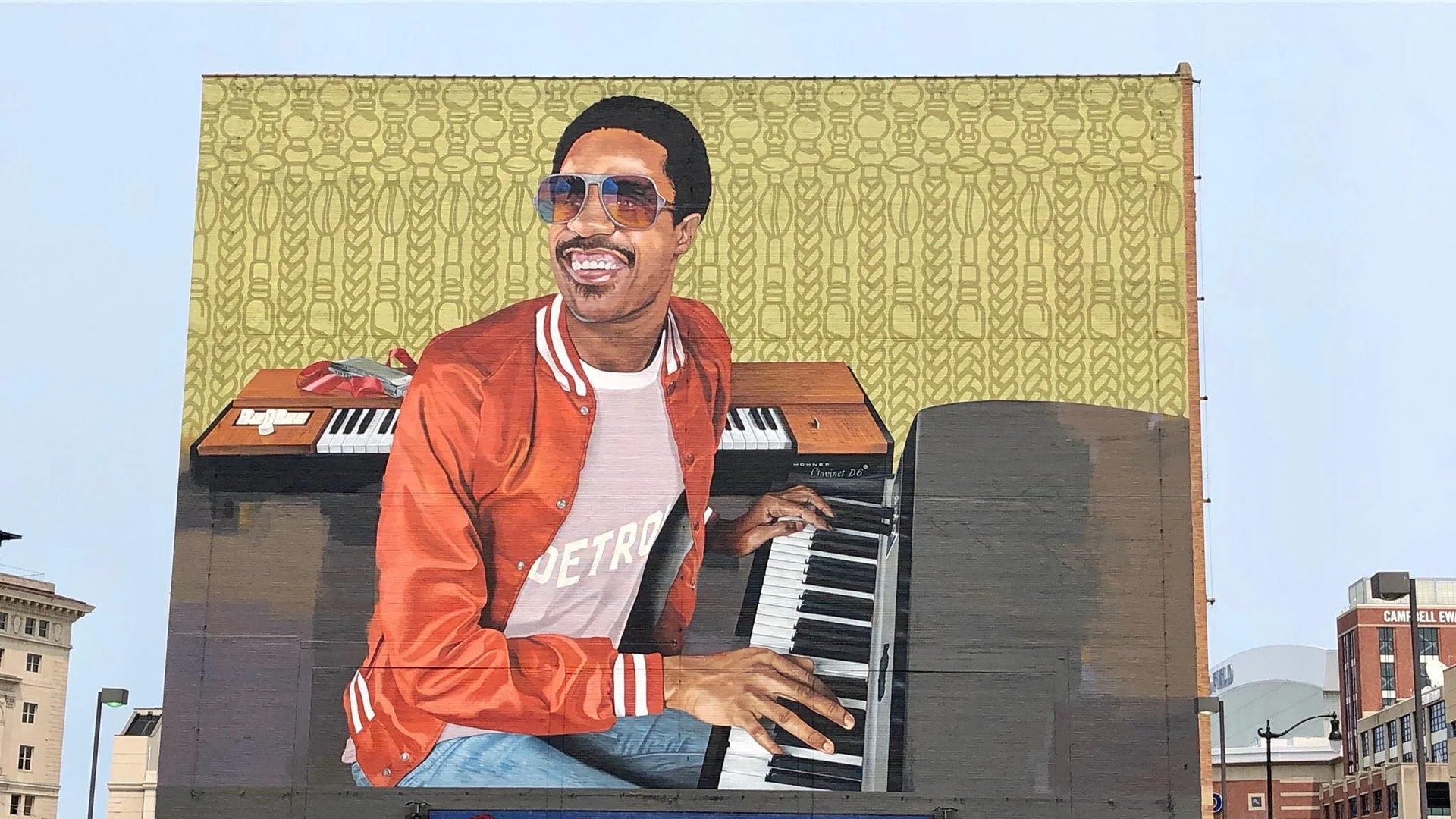
Benefits for Stakeholders Across Communities
For City Leaders and Urban Planners
AR murals offer compelling advantages for municipal leadership:
- Economic Development: Enhanced cultural tourism drives local spending and tax revenue.
- Community Pride: Residents develop stronger connections to local history and place identity.
- Cost-Effectiveness: Digital preservation can be more economical than physical restoration for certain aspects of heritage conservation.
- Adaptability: Content can be updated, expanded, or translated without physical reconstruction.
For Education Leaders
Education administrators find particular value in AR historical experiences:
- Experiential Learning: Students engage with history through immersive, place-based education.
- Cross-Curricular Opportunities: Projects integrate history, technology, art, and civic education.
- Digital Literacy: Students develop critical technology skills through creation and interaction.
- Accessibility: Field trips become more meaningful for students with diverse learning needs.
For Museums and Cultural Institutions
Cultural organizations can extend their impact beyond physical walls:
- Audience Expansion: Attract technology-interested visitors who might not otherwise engage with historical content.
- Collection Utilization: Showcase digitized archives and collections that space limitations prevent displaying physically.
- Revenue Diversification: Monetize digital experiences through app purchases or premium content.
- Data Collection: Gather valuable insights on visitor engagement patterns and interests.
Implementation Challenges and Solutions
Despite their transformative potential, AR mural projects face several common challenges:
Technical Infrastructure Requirements
Many historic districts lack robust wireless connectivity essential for uninterrupted AR experiences. Forward-thinking cities like Savannah, Georgia have addressed this by incorporating discrete WiFi access points during infrastructure upgrades, demonstrating how technology needs can be met while respecting historical aesthetics.
Funding Sustainability
Initial development costs for high-quality AR experiences typically range from $50,000 to $250,000, depending on scope and complexity. Innovative funding models have emerged, including:
- Public-private partnerships with technology companies
- Tourism development grants
- Educational technology allocations
- Subscription-based content models for premium historical experiences
"The key is designing sustainability into the project from day one," advises Caroline Phillips, grants director at the Digital Heritage Foundation. "That means planning for content updates, technical maintenance, and ongoing community engagement—not just the initial launch."
Historical Accuracy and Inclusive Narratives
Ensuring historical accuracy while acknowledging multiple perspectives presents both ethical and practical challenges. Best practices include:
- Forming diverse advisory committees including academic historians, community elders, and representatives from groups historically connected to the site
- Creating transparent documentation about research sources and interpretive choices
- Building technical frameworks that allow content updates as new research emerges or community feedback is incorporated
Best Practices for Implementation
For communities considering AR mural initiatives, experts recommend several core strategies:
Community-Centered Design
Successful projects begin with robust community engagement. Boston's "Voices of Change" AR historic trail involved dozens of community workshops where residents identified significant sites, contributed personal photographs, and recorded oral histories. This bottom-up approach ensured the final product reflected authentic local narratives rather than imposing external interpretations.
Technological Accessibility
While cutting-edge technology drives these experiences, accessibility remains paramount. The most effective projects offer multiple entry points:
- Mobile applications compatible with older device models
- Loaner devices available through libraries or visitor centers
- Alternative access formats for those unable to use AR technology
- Clear on-site signage explaining how to access digital content
Measuring Impact
Sophisticated analytics now allow project managers to evaluate engagement beyond simple download numbers:
- Dwell time at specific historical points of interest
- Completion rates for different narrative pathways
- User-generated content and social media sharing metrics
- Educational assessment data when used in school programming
Future Directions: The Evolving Landscape of AR Historic Preservation
As technology continues advancing, several trends are emerging that will shape the next generation of AR historic preservation:
Volumetric Video and Living History
Beyond static 3D models, volumetric video capture technology now enables recording of "living history" performances by historians, community elders, or historical interpreters. These lifelike digital humans can interact with visitors, answering questions and providing personalized historical context.
Collaborative Multi-User Experiences
Emerging platforms support simultaneous multi-user AR experiences, allowing school groups, families, or community organizations to jointly explore historical narratives. "The social dimension transforms these from individual experiences to community conversations about heritage," notes educational technologist Dr. Wei Zhang.
AI-Enhanced Personalization
Machine learning algorithms increasingly customize content to align with visitor interests, background knowledge, and available time. A brief visitor might encounter highlights, while history enthusiasts receive in-depth content automatically—all within the same technical framework.
Conclusion: A New Chapter in Historic Preservation
AR murals represent far more than technological novelty—they embody a fundamental shift in conceptualizing historic preservation. Rather than viewing history as something static to be protected from change, this approach embraces dynamic storytelling that evolves alongside communities while respecting physical heritage.
The message for leaders across public art, civic governance, education, and cultural institutions is clear: AR offers unprecedented opportunities to make history more accessible, engaging, and relevant to contemporary audiences. The most successful projects will be those that thoughtfully balance technological innovation with authentic community voices, creating experiences that honor the past while engaging present and future generations.
As cities and communities face growing pressure to modernize while maintaining cultural identity, AR murals provide an intriguing middle ground—one that honors physical heritage while embracing the digital future of storytelling. For those tasked with safeguarding and sharing community history, now is the moment to explore how these innovations can support your preservation goals, educational mission, and community engagement strategies.
TALK TO A PRO
We're here to bring your brand to life!
Stay Connected with BrandXR
Thank you for signing up to our monthly newsletter.
Please try again later.
Create Augmented Reality for Free!
Create, Publish, and Measure 3D Augmented Reality Experiences Without Having to Code.
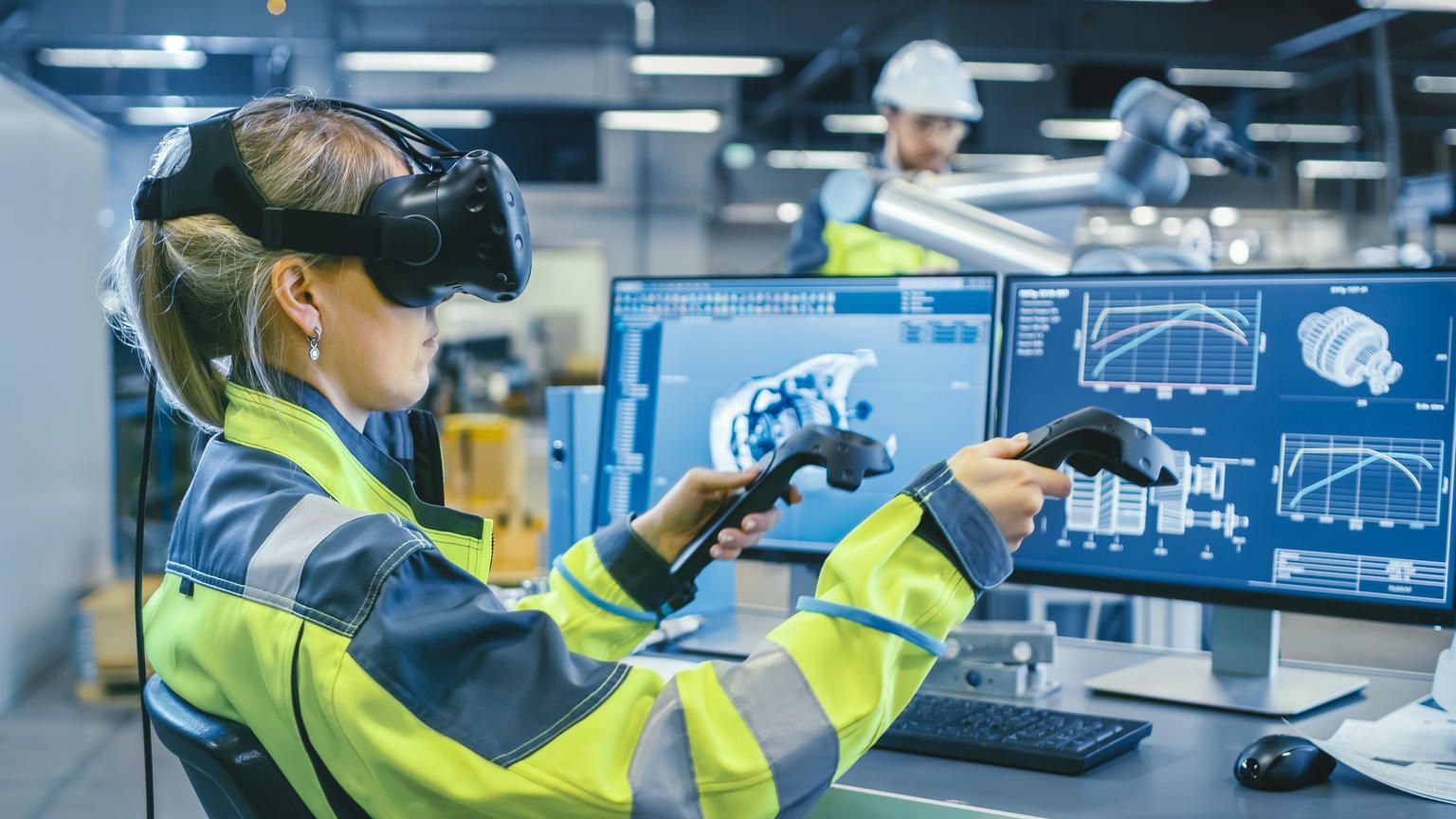
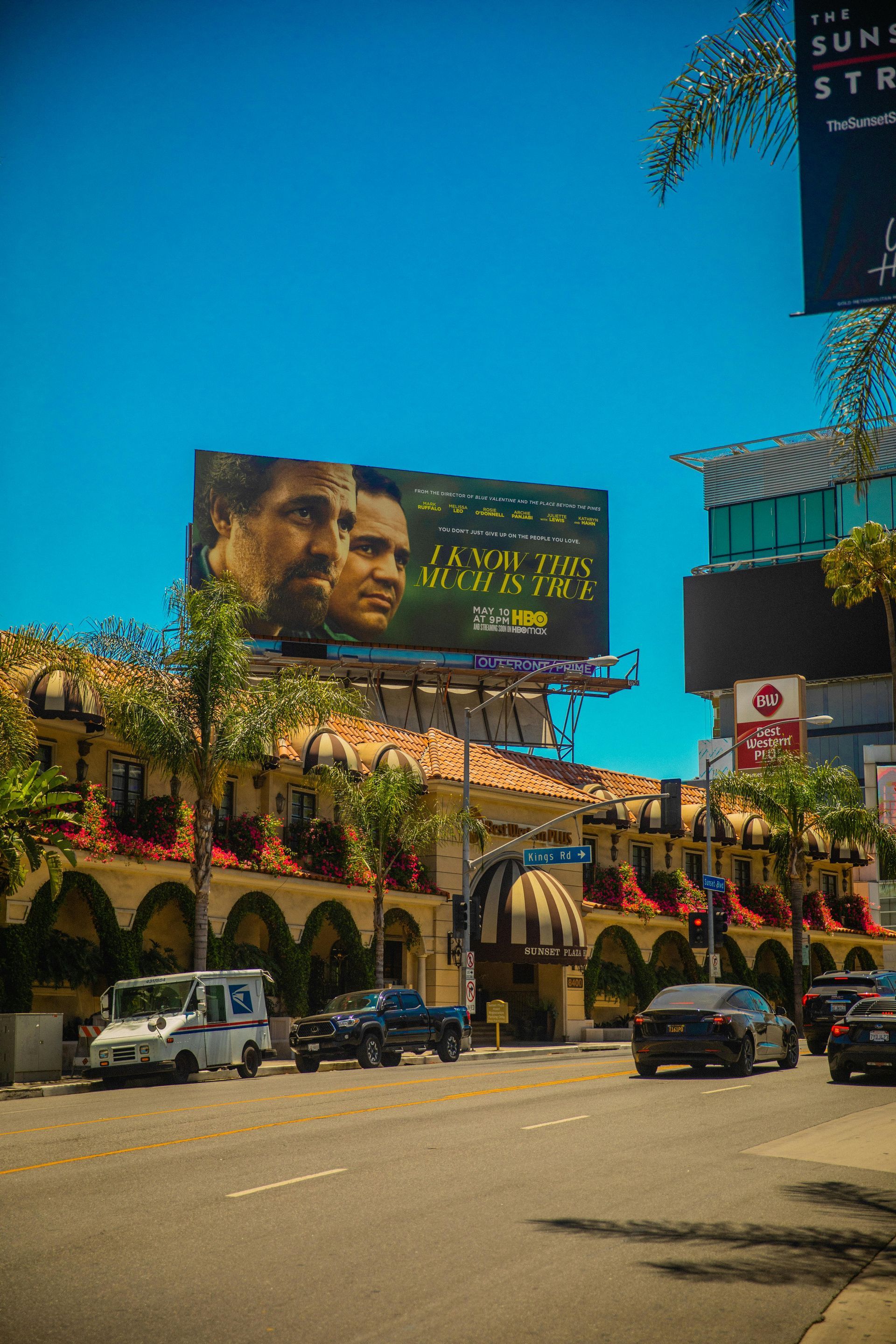
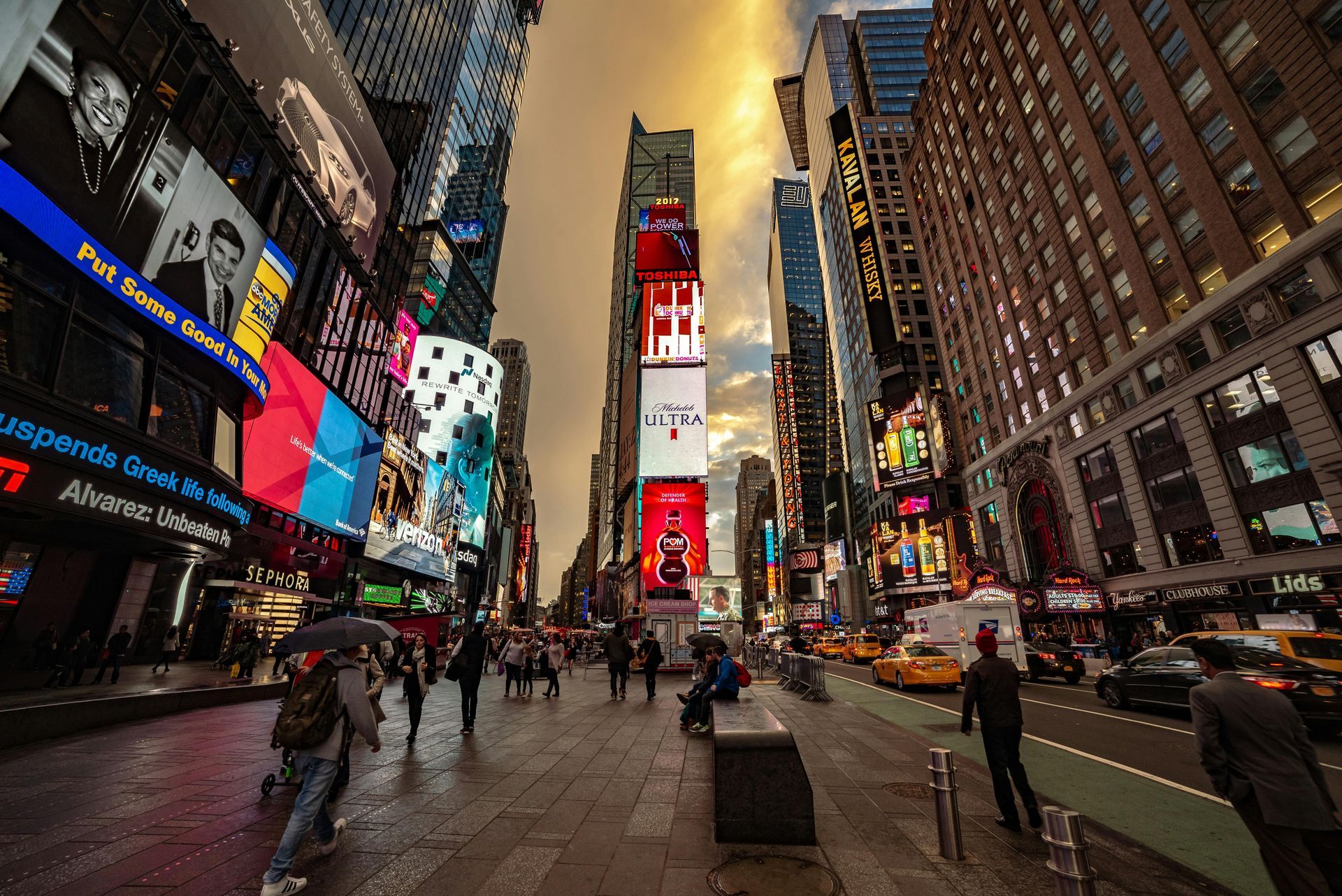

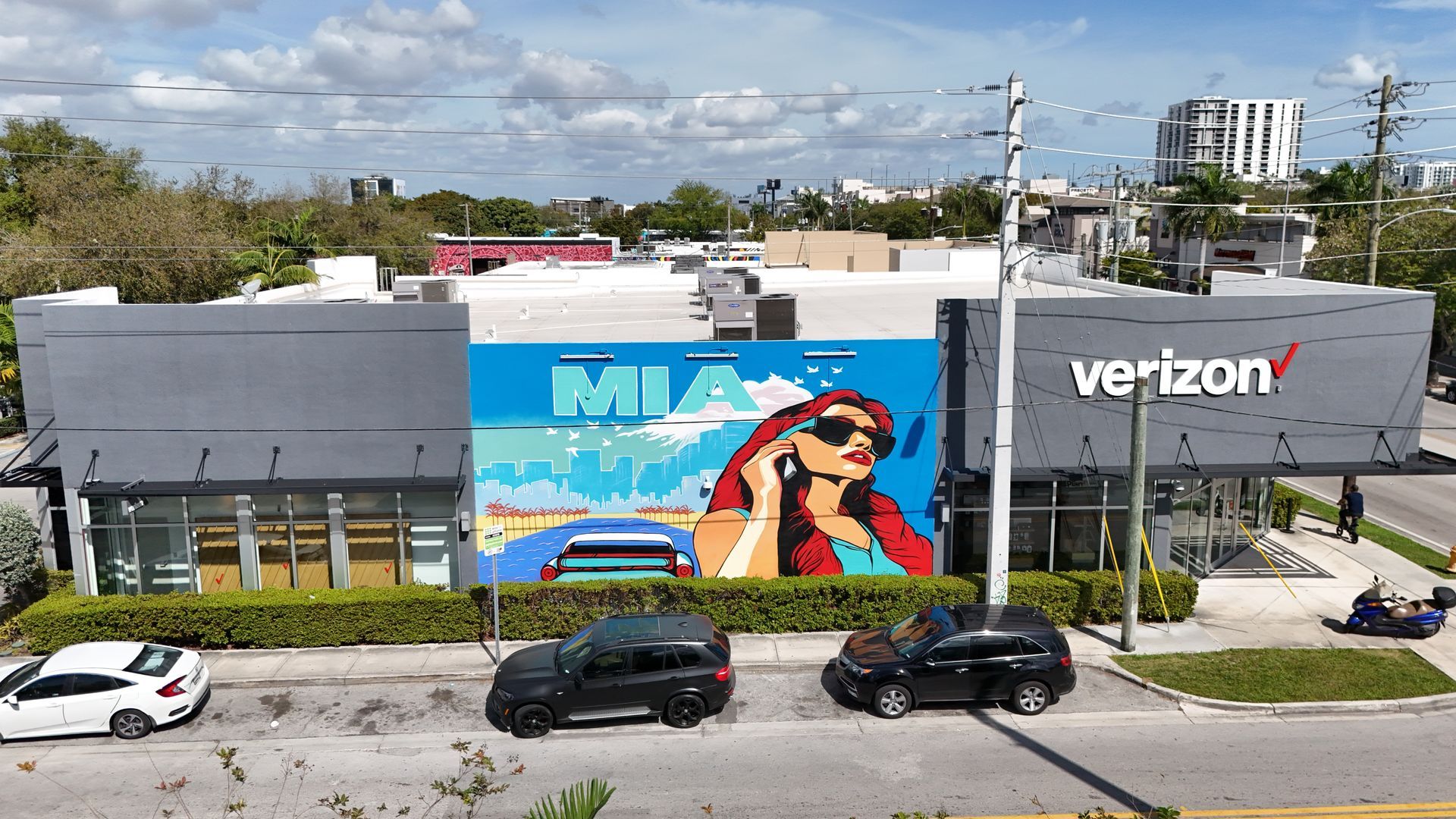
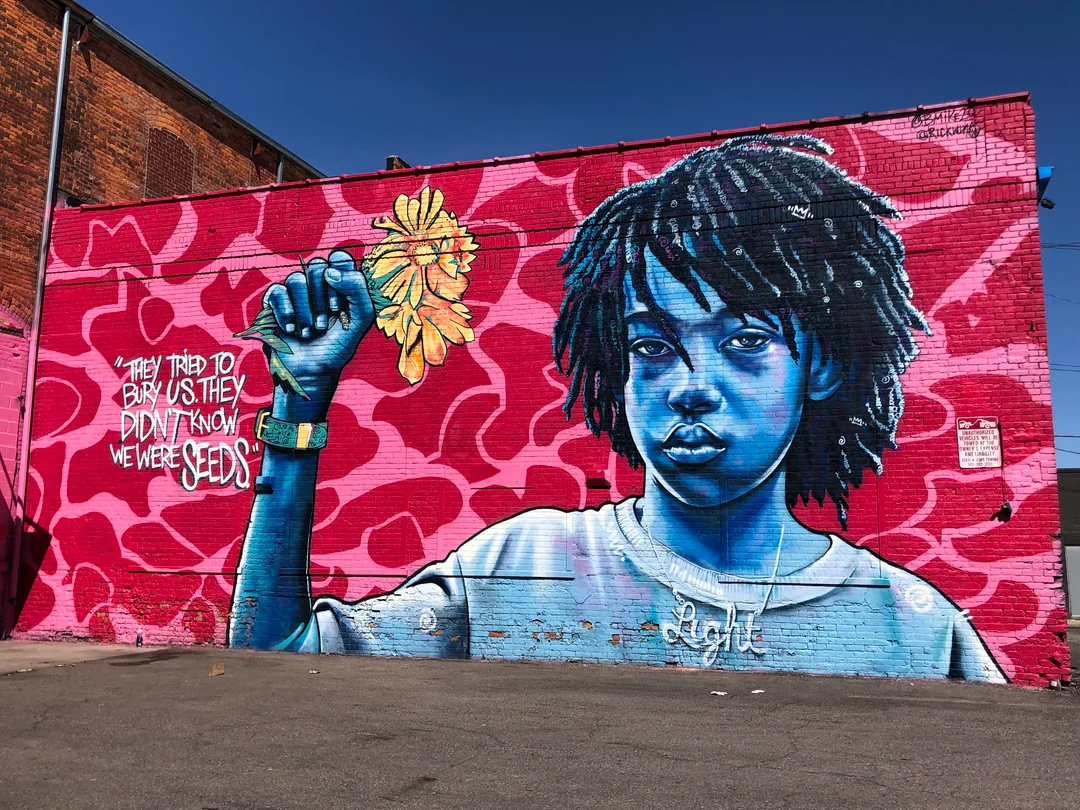
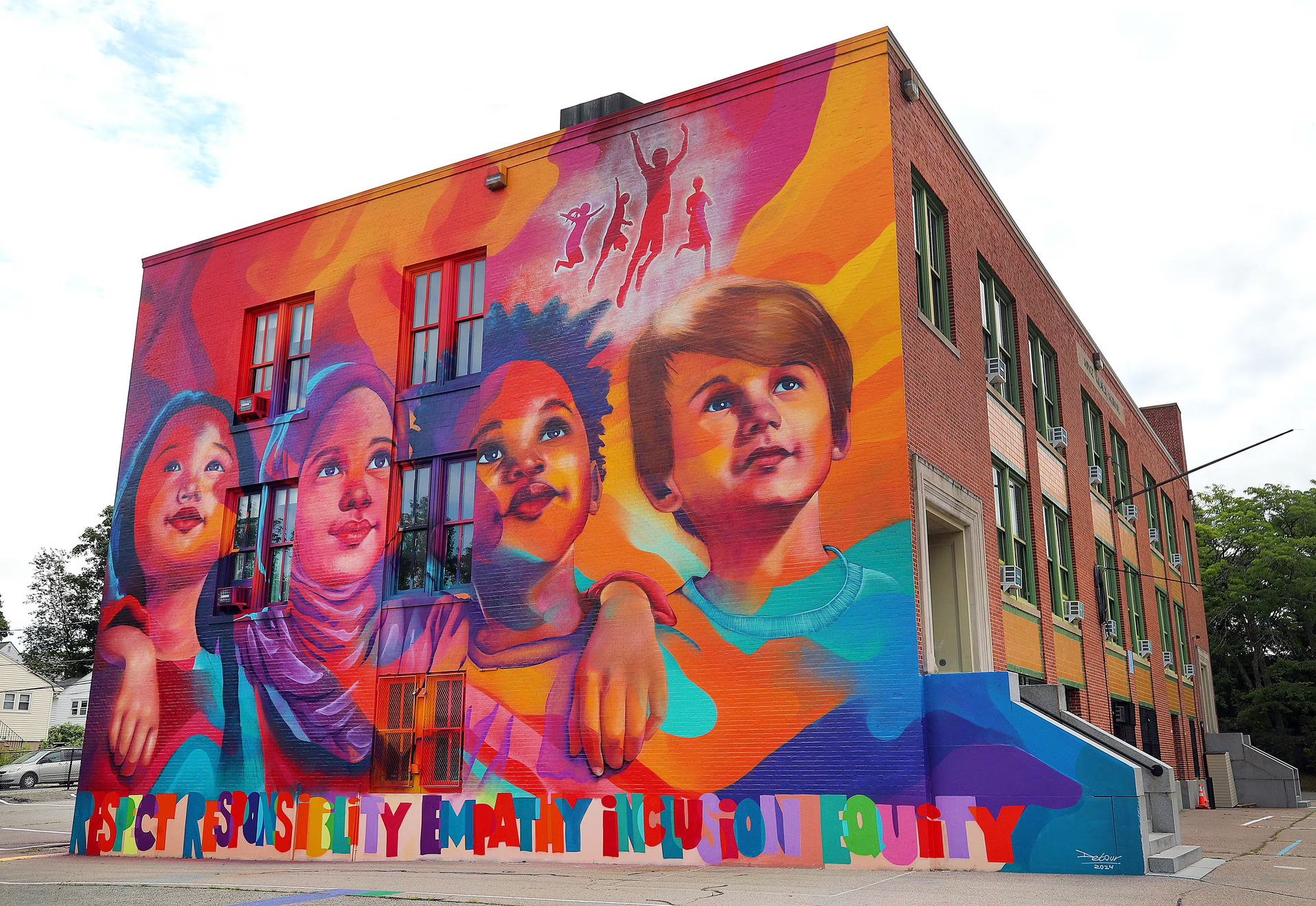
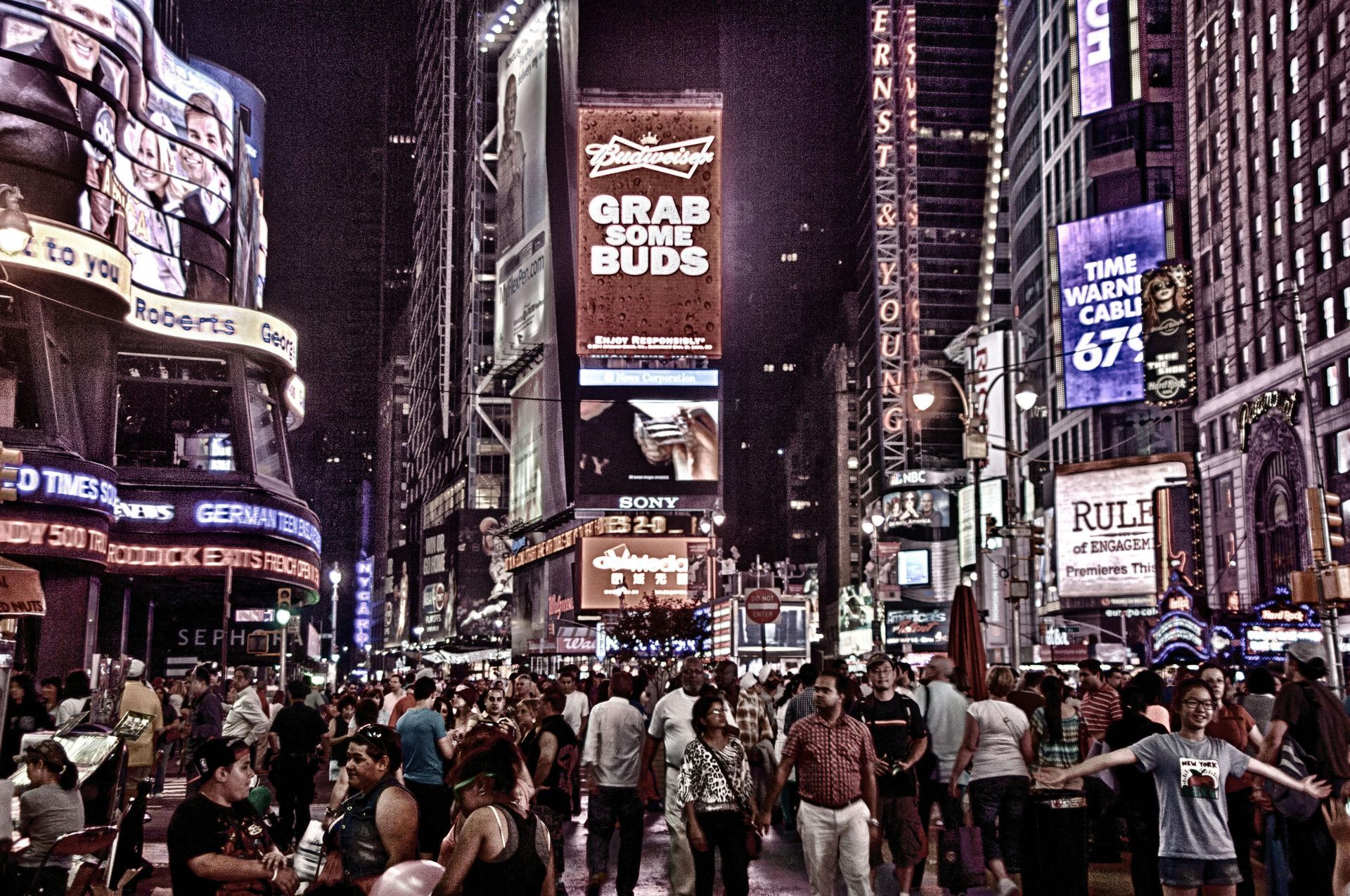
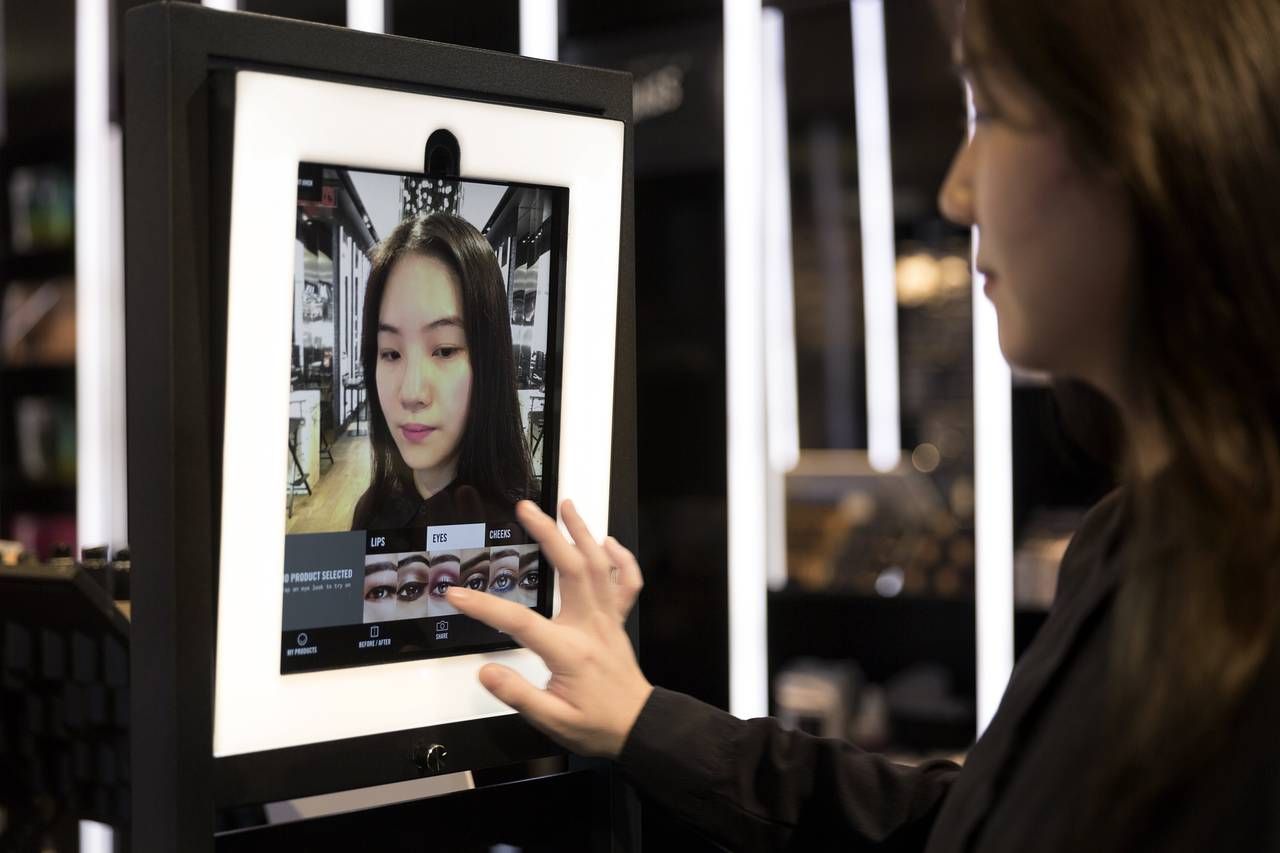

SUPPORT
Detroit
Saudi Arabia
BrandXR. All Rights Reserved. Website designed by Unleash Media.




